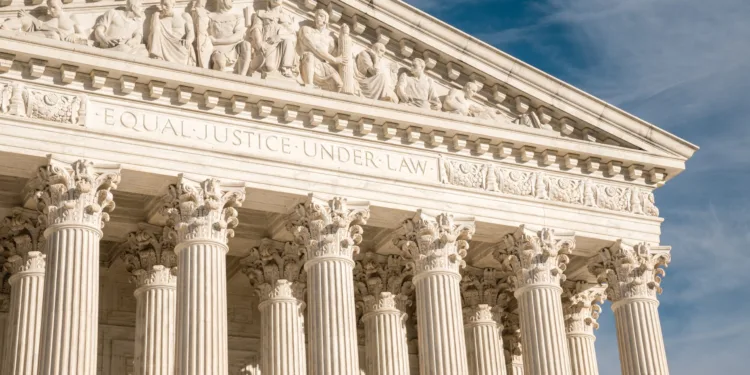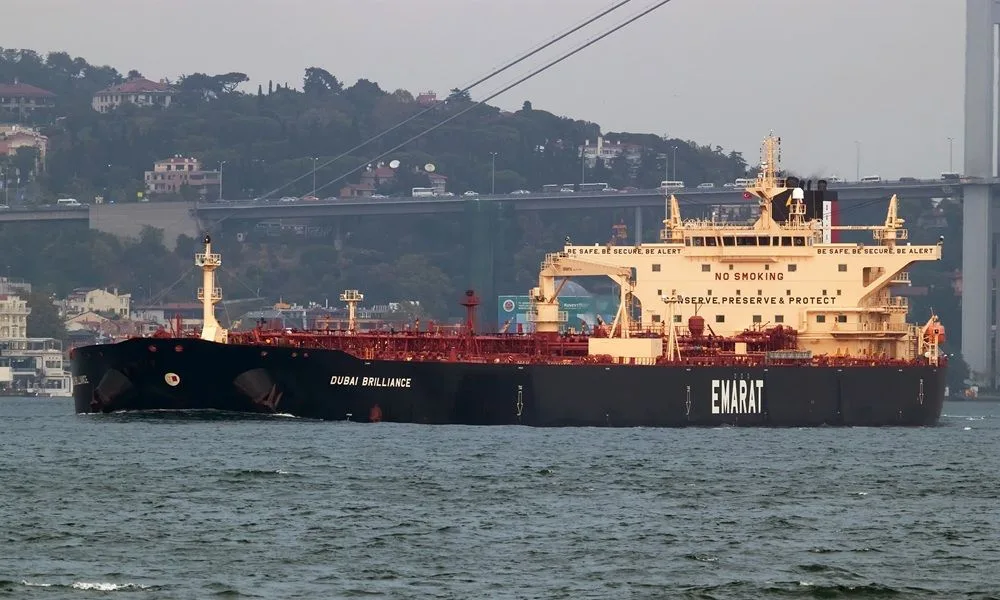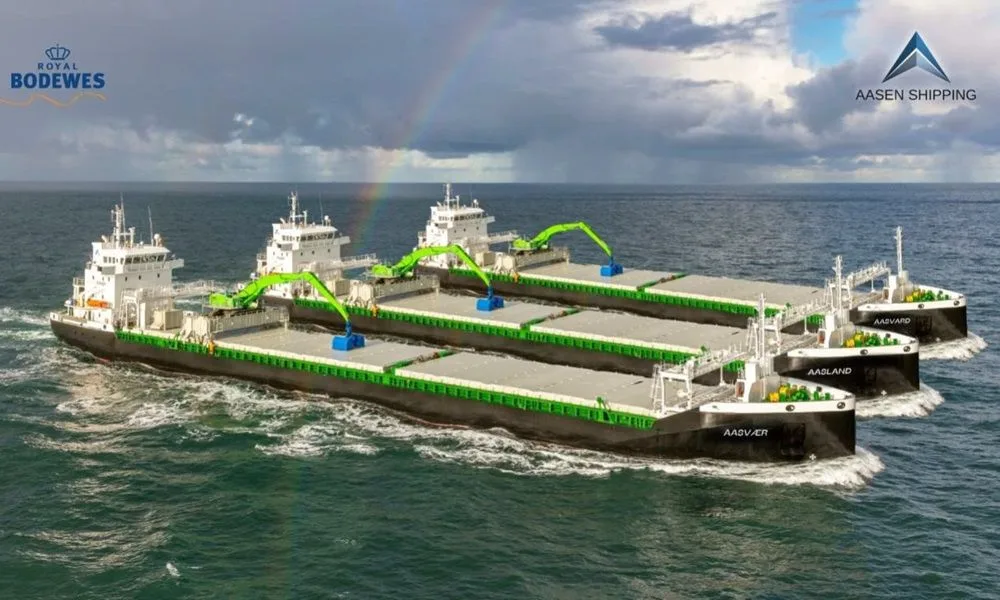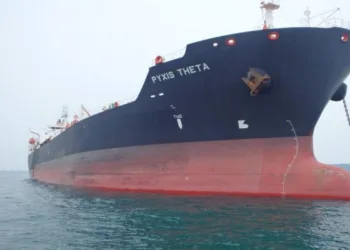By: Matthew Leffler
The views in this piece are solely that of the contributor and do not reflect the opinions of FreightWaves, its staff, or any of its subsidiaries.
In a massive court decision, a federal court has stopped five of President Donald Trump’s orders that put tariffs on almost all goods coming into the U.S. from other countries. These orders used a law called the International Emergency Economic Powers Act (IEEPA), which I have written about previously here. On August 29, 2025, in a case called V.O.S. Selections, Inc. v. Trump, the court said that Trump went too far. Small businesses, like a New York wine importer called V.O.S. Selections, and 12 U.S. states sued to stop these tariffs, saying they broke rules about what a president can do.
What Happened in Court?
The trouble started when Trump used IEEPA to add tariffs, which he called “Trafficking Tariffs” and “Reciprocal Tariffs.” These tariffs raised prices on goods, hurting businesses and shoppers. A lower court, the Court of International Trade, first stopped the tariffs on May 28, 2025. But the next day, on May 29, 2025, a higher court, the Federal Circuit, paused that decision. Fast forward, and on August 29, 2025, the Federal Circuit, with all its judges working together (called “en banc”), agreed with the lower court. They said the tariffs must stop, but they gave President Trump until October 14, 2025, to ask the Supreme Court for help.
What the Court Said
The main group of judges, led by a team decision (called “per curiam,” meaning the court speaks as one voice), said IEEPA lets the president control imports during emergencies, but not like this. They said only Congress, not the president, can create significant taxes like tariffs. The tariffs affected too many goods for too long, and Congress did not clearly say the president could do this. In a concurrence, some judges added that IEEPA’s words do not allow tariffs at all.
A smaller group of judges disagreed. In dissent, they argued IEEPA gives the president power to use tariffs in emergencies like fighting drug trafficking. They thought the court was being too strict and that past cases supported Trump’s actions.
What’s Next?
First and foremost, the Supreme Court takes precious few cases, only about 80-150 out of the 7,000-8,000 petitions filed with it each year. But this case is a something special. It affects billions of dollars in goods with impacts that are just now being fully understood. And the process is already in motion. On September 3, 2025, the Trump Administration filed its petition for certiorari in the Supreme Court of the United States. The Supreme Court will likely decide whether to grant certiorari before the end of September. If granted appeal, we will likely get a final answer by the middle of 2026. I am certain the Supreme Court will accept this case.
For now, the tariffs remain in place through October 14, 2025, which helps the government, but makes things tough for businesses like V.O.S. Selections. Groups like the U.S. Chamber of Commerce and the American Trucking Associations as well as state governments are watching closely. Expect these organizations to file amicus briefs, called “friends of the court” briefs, in support or opposition the Trump Administration’s policy. The result of this case will decide what Congress can delegate and how that power resides in the presidency over trade and emergencies.
Make no mistake, this is the most important separation of powers case and emergency powers case in a generation. All eyes are looking to the Supreme Court of the United States for clarity. And for better or worse, we will get it.
The post Tariff Trouble: Court Says No to Trump’s Trade Plan appeared first on FreightWaves.





















